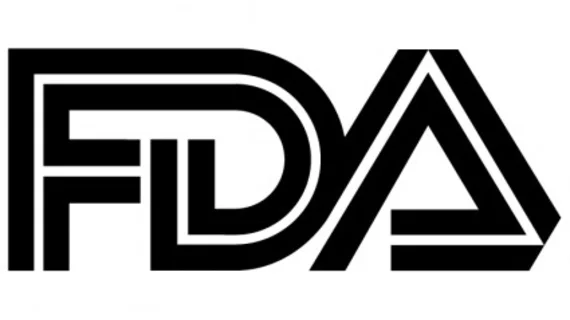FDA is looking for an EHR system
The Food and Drug Administration (FDA) has requested quotes for a “large electronic medical record system” that could assess the safety and surveillance of FDA-regulated products through the agency’s current systems for reporting adverse events and leverage the database of the Department of Veterans Affairs (VA).
According to the April 30 request, the system would be used for research through the FDA, the National Center for Toxicological Research (NCTR) and the Division of Bioinformatics and Biostatistics (DBB). A “novel data mining and data visualization method” would be developed using a large EHR system for cardiovascular abnormalities induced by drugs—such as high blood pressure, stroke or arrhythmia.
“The VA Cardio-related database (using drug-induced cardiovascular disease as a starting point) will be developed and used for this contract,” the request said. “The database will be developed using the VA Informatics and Computing Infrastructure (VINCI) database of the VA health system, including drugs, adverse events, lab data, ECG, dose and drug co-exposure information, etc.
Technical requirements laid out by the FDA for the database included being able to identify patients which developed those abnormalities after taking certain FDA-approved drugs, finding which of those drugs were prescribed at VA facilities between 2000 and 2015 and linking that study population to “vital information, laboratory data and an ICD-9 code table.”
In a blog post, open health advocate Roger Maduro said this represents a major FDA commitment to “leveraging open source solutions” by using data from the VA’s in-house EHR, VistA, which he wrote has been shown to outperform other systems in determining effective medications and often is the first to detect which are dangerous.
“The key is that VistA was developed from the ground up as an EHR to help VA medical personnel care for Veterans,” Maduro wrote. “The data in VistA is directly related to the patient's medical condition and treatment, and not skewed by billing codes.”
Despite Maduro’s praise, VistA is currently due to be replaced by a Cerner platform over a nearly decade-long transition, though the finalization of the contract has been delayed over differences on interoperability and rumored political interference.

